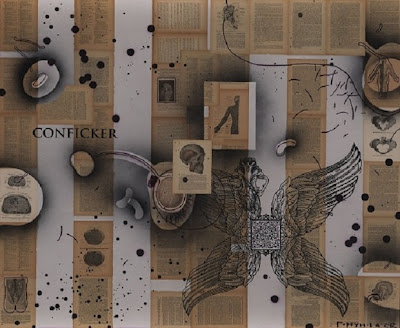Félix Guattari
UNA TOMBA PER EDIPO
PSICOANALISI E TRASVERSALITÀ
Guattari segna una rottura epistemologica con la psicoanalisi attaccando frontalmente il complesso di Edipo. L’inconscio non è più un teatro del desiderio familiare ma lo spazio di produzione sociale del desiderio. L’autore, attraverso uno studio approfondito delle famose pagine di Freud dedicate al complesso di Edipo, rintraccia i meccanismi sottili della prevaricazione autoritaria e gerarchica in difesa dello status quo; l’inconscio, con il padre della psicoanalisi, diventa un insieme di credenze e di rappresentazioni indotte. In questo modo il testo di Guattari affronta i limiti dei tradizionali discorsi teorici sulla psicoanalisi e propone una chiave interpretativa originale e tutt’ora ineguagliata. Il nodo principale su cui si sofferma Guattari è un modo di rileggere la schizofrenia non solo come malattia mortale, ma come tentativo disperato di comunicazione di un malessere individuale, che come tale potrebbe trasformarsi in una possibilità di accoglimento dei molteplici esseri che convivono in ognuno. Scritte nei primi anni Settanta, ben prima della attuali crisi che attraversano la psicoanalisi sia come pratica che come disciplina scientifica, le pagine di Guattari si sono dimostrate profetiche. Questo volume aiuta anche a meglio comprendere L’antiedipo, altra opera composta da Guattari assieme a Gilles Deleuze. I due testi sono forse le opere più significative dell’antipsichiatria.
Félix Guattari (1930-1992) è stato non solo filosofo, ma anche medico e psicoanalista. Aderisce alla scuola freudiana di Parigi sotto la guida di Jacques Lacan. Riconosciuto universalmente come uno dei padri dell’antipsichiatria, Guattari poté elaborare le sue teorie all’ospedale di La Borde, uno dei principali centri psichiatrici francesi che diresse fino alla prematura scomparsa. Guattari fu anche uno dei fondatori in Francia del movimento ecologista, cui contribuì sia sul versante organizzativo che teorico. Dopo il Sessantotto Guattari intraprese una attiva e straordinaria collaborazione con il grande filosofo Gilles Deleuze con il quale pubblicò opere decisive come: L’antiedipo, 1972;Kafka. Per una letteratura minore, 1975; Millepiani, 1980; Che cos’è la filosofia?,1991.
Félix Guattari (1930-1992) è stato non solo filosofo, ma anche medico e psicoanalista. Aderisce alla scuola freudiana di Parigi sotto la guida di Jacques Lacan. Riconosciuto universalmente come uno dei padri dell’antipsichiatria, Guattari poté elaborare le sue teorie all’ospedale di La Borde, uno dei principali centri psichiatrici francesi che diresse fino alla prematura scomparsa. Guattari fu anche uno dei fondatori in Francia del movimento ecologista, cui contribuì sia sul versante organizzativo che teorico. Dopo il Sessantotto Guattari intraprese una attiva e straordinaria collaborazione con il grande filosofo Gilles Deleuze con il quale pubblicò opere decisive come: L’antiedipo, 1972;Kafka. Per una letteratura minore, 1975; Millepiani, 1980; Che cos’è la filosofia?,1991.













